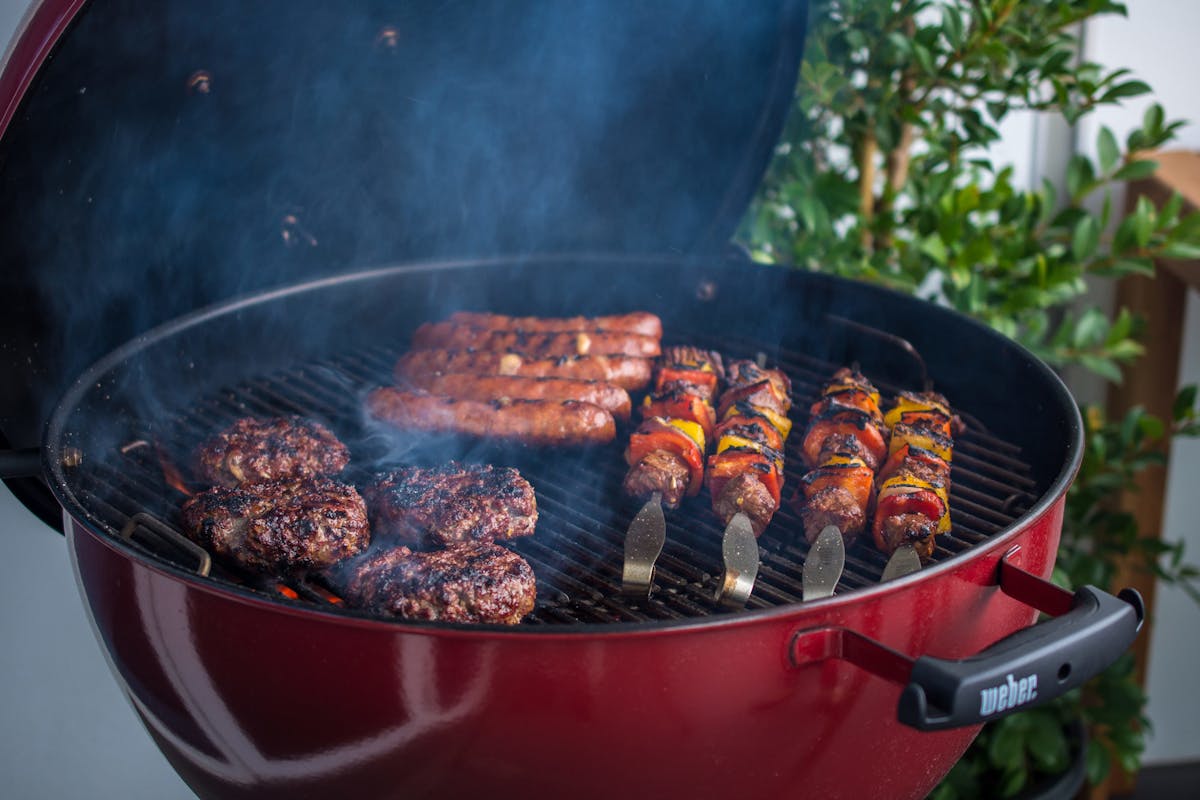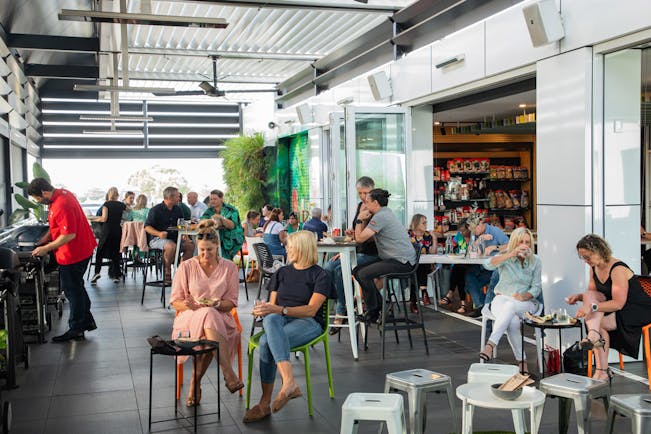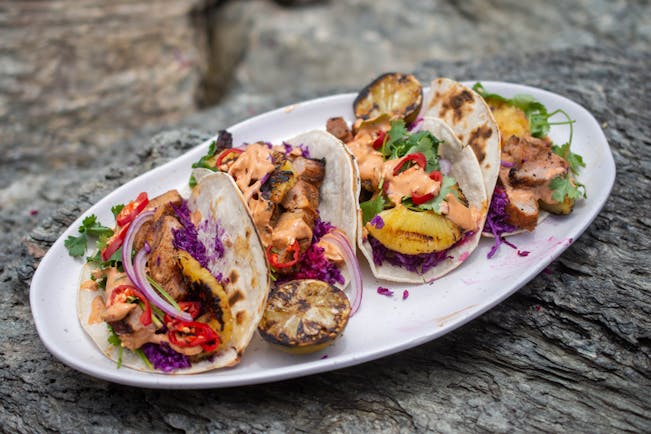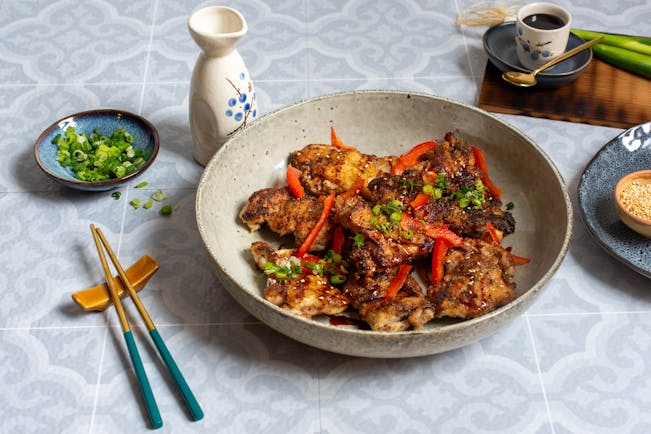EASTER GETAWAY BUNDLES - SHOP NOW
Understand the differencesDirect vs Indirect
Cooking Explained
Written by Laura R – Weber Grill Expert
The best two pieces of advice I have for anyone that would like to become a better barbecue chef is to; monitor the time and learn how to control your flame.
Monitoring your time is easy. How many times have we all been witness to a defenceless steak on the barbecue, burning and overcooking away because the tong controller is 10 minutes deep in conversation, and the steak hasn’t even been flipped yet! Easy fix for that one…use a stopwatch or timer, even better, use the timer featured within the iGrill app. Download from itunes store or googleplay.
Controlling your barbecues temperature is something that takes a little longer to understand, but after reading this you are well on your way to becoming that backyard barbecue hero who holds the important secrets of barbecuing.
Firstly, it is important to understand that there are two types of heat you can create on your barbecue; direct heat and indirect heat.
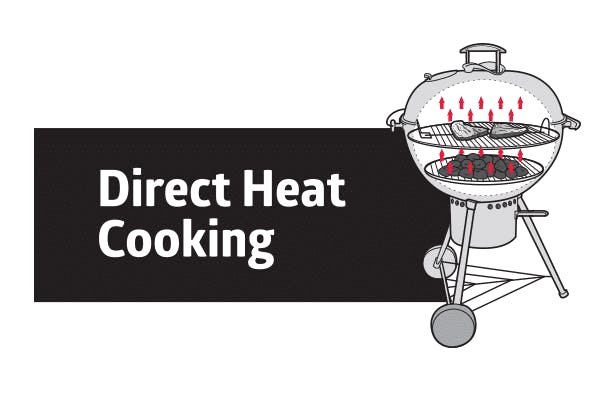
What is direct heat cooking?
Direct heat is what we all know as traditional barbecuing, where the food is cooked directly above the fire or BBQ burners.
Direct heat is perfect for cuts of meat or food that are small, tender and cook quickly. Things like, steaks, hamburgers, fish fillets, boneless chicken pieces, sliced vegetables and shellfish.
As you can imagine the food cooks by intense radiant heat from the flame, which quickly cooks the food closest to it. The food will also cook by conductive heat that is absorbed by the cooking grill and conducts heat directly to the food which creates those beautiful grill marks.
The direct heat sears and caramelises the outside of the food whilst also cooking the food all the way to the centre. Therefore anything that cooks in less than 20 minutes can be cooked over direct heat.
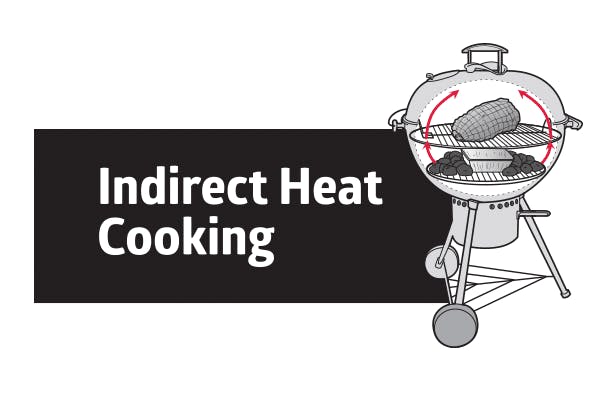
What is indirect heat cooking?
Indirect heat is where the fire or burners are to one or both sides of the food. The food sits above an unlit section of the barbecue. This can be as simple as building the fire to one side of a charcoal barbecue whilst the food sits on the opposite side. On a Weber Q use a convection tray and trivet, or on a premium gas barbecue, it’s as easy as switching off one or more burners.
This is perfect for any food that will take longer than 20 minutes to cook, for example; larger or tougher cuts of meat, like whole chickens, whole joints of meat, ribs or even if you want to do some baking!
The food will still cook with radiant and conductive heat, however it will not be anywhere near as intense as cooking food over direct heat. As you should be cooking with the lid down on your Weber barbecue, there is another form of heat that makes indirect heat perfect for the longer cooks, convection heat. Convection heat is created by the radiant heat from the coals or burners reflecting and bouncing off the lid and body of the barbecue. The heat circulates round and round the food, similar to cooking food in an oven, only with more flavour. Using indirect heat, the food cooks evenly on all sides and all the way through to the centre without burning.
Are there any benefits to cooking with both indirect and direct heat?
Absolutely, it can be very useful to set your barbecue up with both heat zones. Here’s how I like to use both types of heat and why:
- I love to cook very thick steaks that are at least 4cm thick (it’s actually a lot easier to perfectly cook a thicker steak compared to a thin steak that can very quickly overcook). I start by searing and caramelising the steak over direct heat. To then finish cooking the steak all the way through, so it’s just how you like it (for me that’s medium rare), slide it over to the indirect zone on your barbecue to finish by roasting it using indirect heat.
- Let’s use chicken skewers for this example. If you are cooking skewers on your barbecue over direct heat and some are cooking quicker than others, you can move the cooked skewers to the indirect zone to stay warm whilst the rest of the skewers are cooking away over direct heat.
- Using both indirect and direct heat gives you the flexibility of cooking different foods on your barbecue at the same time. For example, when I roast a whole chicken in the indirect zone, I have potatoes roasting around the chicken. I then like to barbecue asparagus or corn over the direct heat on either side of the chicken and potatoes; the whole meal is then cooked on the barbecue.
- In the rare case of barbecuing your food over direct heat and it catches on fire, you can swiftly move it to the indirect zone, which will save your food from being destroyed.
Once you have understood the importance of time, direct and indirect heat, my next piece of advice is to then learn how to control your barbecues temperature. To learn more read our article: Pay attention to your barbecues temperature
For more recipes, inspiration and all things Weber, follow us on Facebook.
